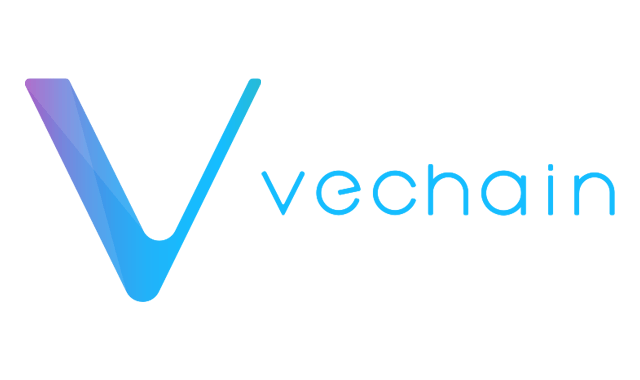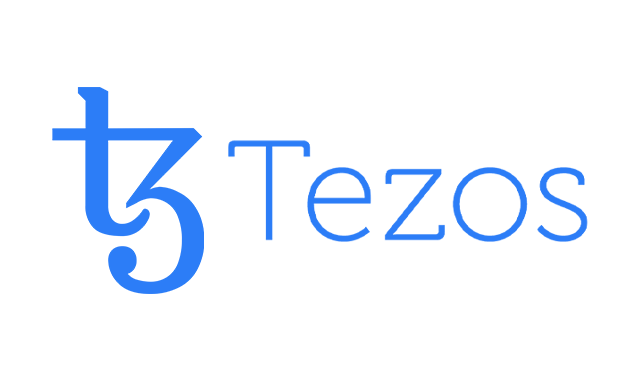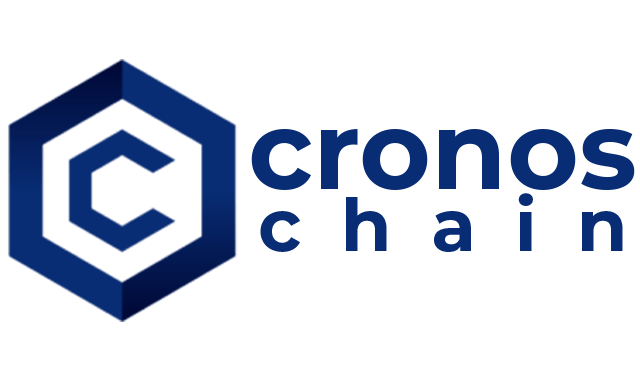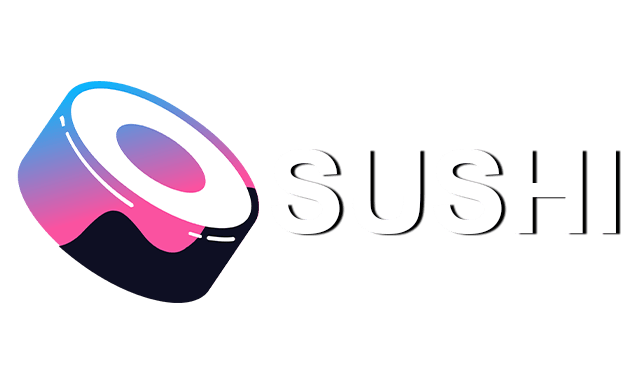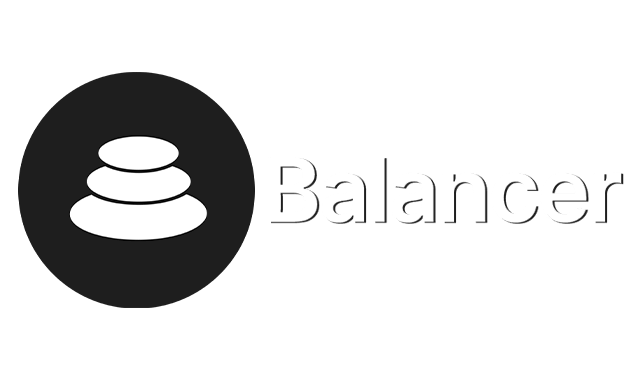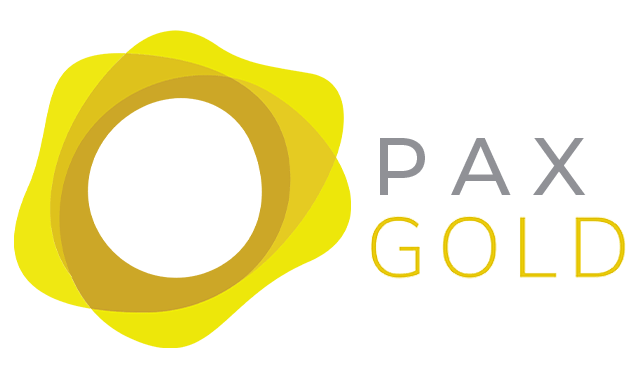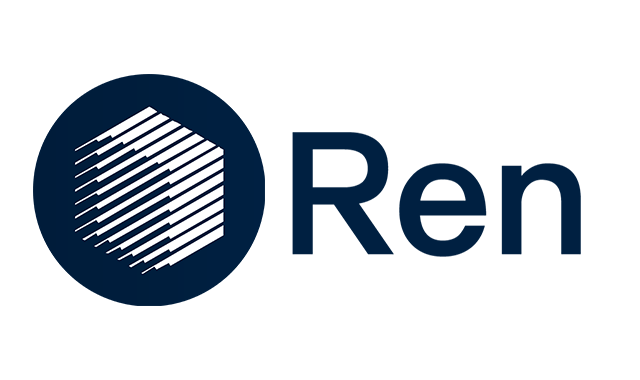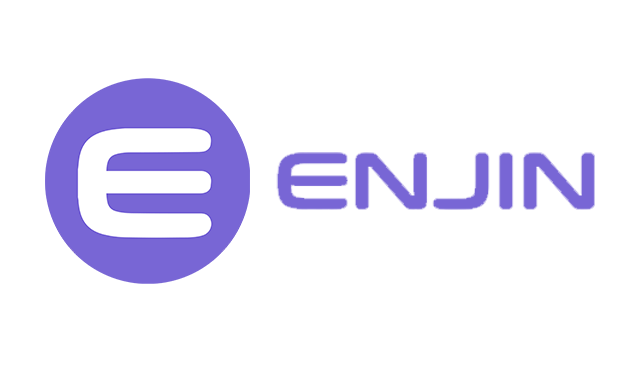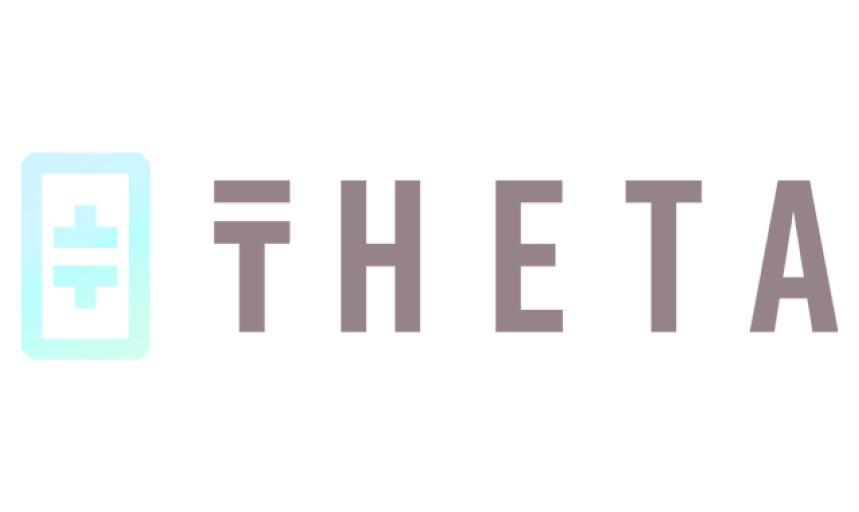Decentralized Finance (DeFi): Embrace Financial Freedom
Revolutionize your finances with DeFi. Join the decentralized finance movement and take control of your investments.
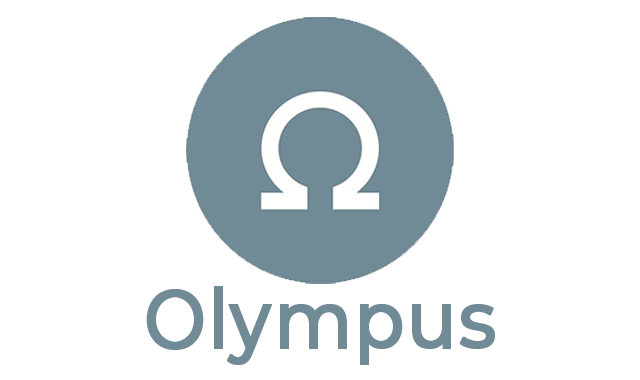
Olympus DAO (OHM)
Olympus DAO (OHM) is a decentralized autonomous organization (DAO) built on the Ethereum System. It has been designed to provide governance, management, and control of its token economy with an excellent system of staking and withdrawal of holdings.
The Olympus OHM protocol or system provides users with secure storage in the form of a multi-signature wallet for their digital assets, with easy access to management functions for making decisions about them. Moreover, the system allows individuals to invest in real-world portfolios by maintaining privacy and security over their investments.
Unlike traditional investment opportunities where investors have a limited say in decision-making processes, the system puts users in the driver’s seat, which gives them full control over their investments within this platform.
This article will explain how the system can reduce the labor side of investors while boosting profits in a secure framework. In addition, you’ll get an overview of how OHM works and information on investing and trading within this platform.
What is Olympus DAO?
OlympusDAO is a digital asset project that was launched in 2021 to create a decentralized reserve currency protocol based on the OHM token. The project operates as a DAO, meaning it is run by its community of users rather than a centralized authority.
The OHM token is the native cryptocurrency of the Olympus ecosystem. OHM is backed by a basket of assets in the Olympus treasury. It is designed to be a stablecoin that maintains its value over time through a unique algorithmic mechanism. The protocol’s concept is called “seigniorage” to stabilize the price of OHM. Seigniorage is the difference between the face value of a currency and the cost to produce it. In the case of OHM, the system algorithmically adjusts the token’s supply in circulation based on demand, which helps maintain an OHM with a stable price.
In addition to its stability features, OHM allows holders to participate in governance decisions for the DAO, earning rewards for their contributions. These governance decisions include adjusting the seigniorage rate or allocating funds for development.
The Technology Behind Olympus DAO?
The system is built on top of the ETH and uses several technologies to facilitate its operation.
Here are some of the key technologies behind OlympusDAO:
- ETH Blockchain: the system is built on top of the Ether system, which allows for the creation of decentralized applications (dApps) and smart contracts.
- Automated Market Maker (AMM): the system uses an AMM model for its liquidity pools, allowing for distributed trading without intermediaries. The AMM model is used in the system’s bonding curve, which determines the rate of tokens based on supply and demand.
- Algorithmic Monetary Policy: the system has an algorithmic monetary policy that adjusts the supply of OHM based on the demand for the token. The system uses a mechanism called “seigniorage” to mint new OHM tokens when demand is high and burn tokens when demand is low, which helps to maintain price security.
- Treasury Management: The blockchain has a treasury managed by the DAO’s governance system. The treasury is used to fund development and marketing initiatives for the system and to provide ease of exchange for the system’s bonding curve. Bond sales aid in supplying more volume and more reserve assets to the Olympus treasury and receive discounted OHM.
- Governance: the system is governed by its community of users, who can submit proposals and vote on changes to the system. The governance system uses a token-weighted voting system, where users with more OHM have more voting power.
Pillars of Olympus DAO Crypto
Reserve Pillar: It is responsible for managing the reserve assets of the system, which are used to maintain the stability of the OHM stablecoin. The members of the Olympus community govern it through a voting system. The Reserve Pillar plays a crucial role in ensuring the stability of the OHM stablecoin and providing incentives for users to contribute to the network.
Liquidity Pillar: It is focused on maintaining the stable OHM liquidity by using a bonding curve mechanism and incentivizing users to provide ease of exchange to the OHM-ETH pool. The rate of OHM is algorithmically adjusted based on the demand for the coins, with a price floor and a price ceiling in place. Users are rewarded with OHM for providing marketability, ensuring that there is always enough ease of exchange in the pool to support the market demand for OHM.
Utility Pillar: It refers to the various ways OHM is useful beyond its role as a store of value. OHM has a governance function where holders can vote on proposals, and users can choose to stake OHM to earn rewards. It also serves as a means of payment within the Olympus’ ecosystem. The project aims to create sustainable and valuable digital assets by providing useful functions and use cases for OHM.
How Does Olympus DAO Work?
OlympusDAO operates on Ethereum and is designed to maintain its value through a mechanism known as a “seigniorage model.” Seigniorage is the difference between the value of a currency and the cost of producing it. In the case of OHM, this mechanism involves creating and destroying tokens to adjust the OHM token’s price and supply in response to market demand.
The seigniorage model of OHM works in the following way:
- When the value of OHM falls below its target price, the system sells the newly minted OHM on the open crypto market, using the proceeds to purchase assets such as ETH or other coins.
- When the value of OHM rises above its target price, the system uses a portion of the assets it holds to purchase OHM from the market, then destroys those coins, reducing the number of tokens and increasing its price.
- The target rate of OHM is adjusted dynamically based on several factors, including the OHM’s current quantity, the current value of the assets held by the system, and the overall market demand for the coins.
- Holders can participate in the system’s governance through a DAO structure, allowing them to vote on changes to the system and earn rewards for their participation.
What Makes Olympus DAO Unique?
The OHM has recently gained a lot of attention in the DeFi space. Here are some key features that make the system unique:
- Algorithmic token or coin: Unlike most digital assets, OHM is an algorithmic coin that does not have a fixed supply. Instead, its supply adjusts dynamically based on its price, aiming to maintain price stability and minimize volatility.
- No pre-mine or ICO: OHM was launched without a pre-mine or initial coin offering (ICO), which means that it was not created for the benefit of a select group of early investors. This helps ensure the coin is more autonomous and accessible to a wider range of participants.
- Rewards for holders: OHM coin holders can earn rewards through additional tokens through “rebasing”. Rebasing occurs automatically daily and adjusts the total quantity of tokens based on their price, intending to incentivize users to hold the coin and maintain its price stability.
- Community governance: the platform is governed by its community of users, who can propose and vote on changes to the system. This allows for a more democratic and autonomous decision-making process, which helps to ensure that the interests of all stakeholders are taken into account.
- Limited emissions: OHM has a limited emissions schedule, which means that the supply of the coins will eventually stabilize and stop growing. This helps ensure the coin remains scarce and valuable over the long term.
- Annual Percentage Yield (APY): One of the unique features of OlympusDAO is its high Annual Percentage Yield (APY), which measures the total return you can expect to earn on your investment over a year, taking into account compounding interest. Currently, the system has a very high APY, and it is designed to incentivize protocol-owned liquidity of OHM or liquefaction provision and participation in the system.
Community and Partnerships
OlympusDAO (OHM) is a community-driven system that creates a stablecoin backed by a reserve of assets believed to have long-term value. The project’s community is centered around its Discord server and social media channels. In addition, the project has established partnerships with other DeFi protocols and projects, including Convex Finance, Yearn Finance, Curve Finance, and Frax Finance, which aim to expand its reach and create new stablecoin offerings.
Where to sell or buy Olympus DAO?
OlympusDAO (OHM) can be bought or sold on several digital currency exchanges. Here are a few popular options:
- Uniswap: Uniswap is a DEX that allows users to trade the platform’s token directly from their wallets.
- SushiSwap: SushiSwap is another DEX that allows users to trade the platform’s token without needing a centralized exchange.
- Binance: Binance is a centralized exchange that allows users to buy and sell tokens with other cryptocurrencies or fiat currencies such as USD, EUR, or GBP.
- Coinbase Pro: Coinbase Pro is another centralized exchange that allows crypto users to buy and sell OHM with other cryptocurrencies.
How can Olympus DAO be mined?
The platform uses a unique algorithm called “Bonding” to reward users for providing deep liquidity to the system. OHM bonds may be obtained through “staking,” which involves users depositing their cryptocurrencies into the system in exchange for OHM rewards.
To mine OHM, you would need to follow these steps:
- Purchase crypto that is compatible with the Olympus protocol. The supported digital assets are Ethereum (ETH), Dai (DAI), and USDC.
- Deposit your chosen crypto into the OHM system. This can be done through the system’s website or a compatible wallet.
- Once you have deposited your crypto, you will receive OHM in exchange. The amount of OHM you receive will depend on the convertibility you provide to the system.
- To maximize OHM rewards, you can stake OHM in the protocol. This involves locking up your tokens in exchange for additional OHM rewards. This process of staking rewards allows OHMIES stakers to earn more rewards.
- Finally, you can withdraw your OHM from the protocol when you’re ready to sell or use them for other purposes.
How does Olympus DAO compare against its competitors?
It has some unique features that set it apart from its competitors but it also faces competition from other stablecoins and DeFi platforms. Here are some key points to consider:
- Algorithmic Stability: the platform uses a unique algorithmic stability mechanism that is designed to maintain the value of its stablecoin. The system automatically adjusts the supply of the platform’s token based on market demand, which can help to prevent sudden price swings.
- Community Governance: The system is governed by its community members, who can propose and vote on changes to the system. This means that token holders have a direct say in how the platform operates and can help to steer its development.
- Minimal Friction: One of the platform’s advantages is its low-friction user experience. Users can easily acquire tokens and participate in the system without dealing with complex processes or high gas fees.
- Competition: The platform faces competition from other stablecoins, such as DAI and USDC, designed to maintain a stable value. It also competes with other DeFi platforms, such as Aave, Compound, and Uniswap, which offer similar services and have established user bases. One of its competitors includes MakerDAO (MKR), which uses an algorithmic mechanism to maintain stability but relies on external collateral. Other competitors include algorithmic stablecoins like Frax (FRAX) and Empty Set Dollar (ESD), which have similar mechanisms but do not have the same focus on sustainability and community governance.
History
The cryptocurrency project was launched in 2021. It is designed to be a decentralized finance (DeFi) platform that aims to create a stable currency protocol to have not pegged to any external asset or currency. OHM is the native token of the OlympusDAO platform and is used for governance and to earn rewards.
The project was founded by an anonymous developer who goes by the pseudonym “Ohmymatt.” The founder was inspired by the success of previous stablecoin projects like MakerDAO and wanted to create a new stablecoin that was more autonomous and had a better incentive structure.
The community of OHM holders manages this reserve through a governance system that allows them to vote on proposals and make decisions about the platform.
One of the unique features of OHM is its “seigniorage” model. Seigniorage is the difference between the face value of a currency and the cost of producing it. In the case of OHM, the system mints new tokens as demand for the currency increases and burns tokens when demand decreases. This allows the price of OHM to remain stable without needing external collateral.
Since its launch, OHM has gained a significant following in the DeFi community and has seen its price rise dramatically. However, as with all digital currency projects, there is a risk involved in the platform, and investors should research before making any decisions.
OHM Price Statistics
OHM Price Live
OHM Market Cap
The daily trading volume
What is the all-time high and all-time low for OHM?
Related Crypto
